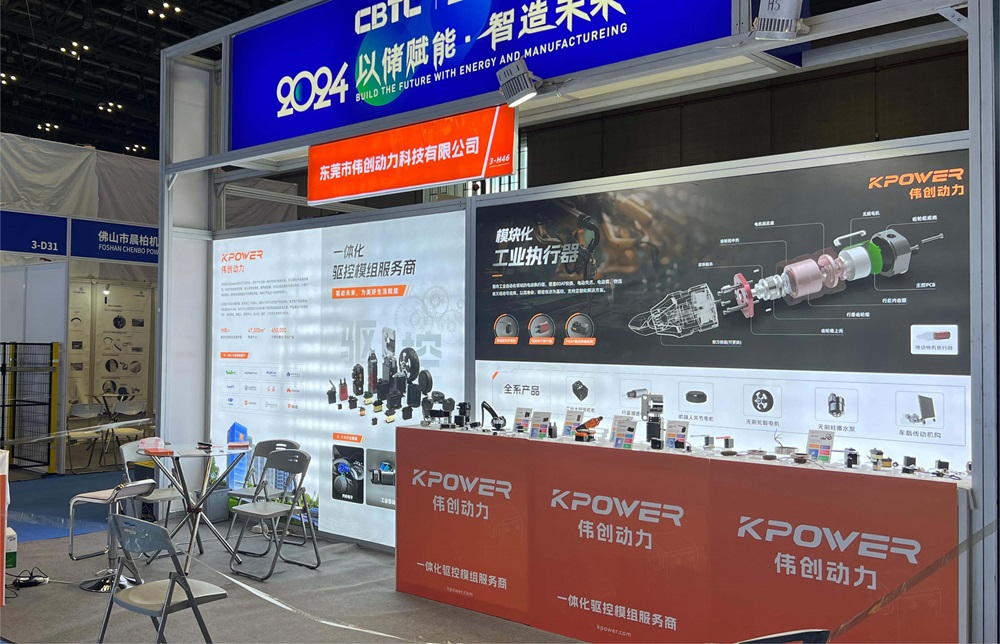Imagine trying to build a giant Lego castle—each piece representing a different feature or service. Now, what if you could design those pieces to click together seamlessly, even if you decide to swap one out later? That’s exactly what microservices design principles do for Java applications.

Most traditional monoliths are like that bulky, hard-to-reshape structure. When one part breaks, everything groans. But microservices break that mold. They champion independence—each service handles a specific task, like a mini-application stitched into a larger fabric. It’s the kind of design that lets you innovate faster and troubleshoot smarter. You focus on one brick at a time, without risking the whole castle crashing down.
What makes this approach so compelling? It’s all about agility. Microservices allow continuous deployment, which means updates no longer need to wait for the entire system to be ready. Imagine fixing a tiny, stubborn bug in a payment module without touching the user profile service. That quick fix can be rolled out in minutes, not days.
In this landscape, service boundaries matter. Clear-cut boundaries prevent the chaos of tangled dependencies. Developers lean on REST APIs or messaging queues—tools that act like highways connecting these islands of functionality. Java's ecosystem pairs well here; frameworks like Spring Boot make deploying microservices a breeze, giving you scalability and flexibility with less hassle.
But let me ask—have you ever felt stuck because your app services are tightly coupled? Or maybe you've seen projects crash because a small change rippled through everything? That’s where design principles come into play. Emphasizing single responsibility, loose coupling, and independent deployability creates resilient systems. When a service goes down, it’s like turning off a single light bulb, not the whole room.
Conceivably, adopting microservices isn't just about breaking things into smaller pieces; it’s about smartly planning how these pieces communicate, handle failures, and scale with demand. Imagine Netflix—millions of users, countless microservices, yet they run smoother than ever because of these principles. That level of resilience isn’t accidental; it’s built into the design.
So if you’re exploring ways to elevate your Java projects, understanding microservices design principles could be the game-changer. Think of it as designing your own modular Lego world—where each brick is robust, interchangeable, and ready for the next big thing. It’s a strategy that embraces change, fosters innovation, and keeps your system humming, no matter how wild the web gets.
Established in 2005, Kpower has been dedicated to a professional compact motion unit manufacturer, headquartered in Dongguan, Guangdong Province, China. Leveraging innovations in modular drive technology, Kpower integrates high-performance motors, precision reducers, and multi-protocol control systems to provide efficient and customized smart drive system solutions. Kpower has delivered professional drive system solutions to over 500 enterprise clients globally with products covering various fields such as Smart Home Systems, Automatic Electronics, Robotics, Precision Agriculture, Drones, and Industrial Automation.




































